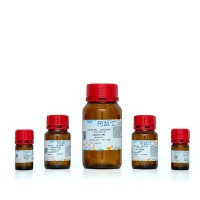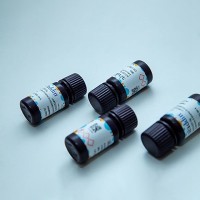The generic method described here involves typical capillary electrophoresis (CE) techniques, with the addition of cyclodextrin chiral selectors to the electrolyte for enantiomer separation and also, in the case of neutral analytes, the further addition of a micelle-forming compound such as sodium dodecyl sulfate (SDS) for separation by the micellar electrokinetic chromatography (MEKC) mode of CE. This generic method has broad application for the separation and analysis of enantiomers of chiral pesticides and other small molecules in a variety of environmental matrices. Aqueous samples such as surface water are analyzed after simple filtration, but centrifugation is sometimes necessary for soil–water slurry samples. Soils and sediment must be extracted with a polar organic solvent such as methanol, which needs only to be evaporated to near dryness, diluted with water, and filtered before CE analysis. Simple borate or phosphate-based buffers are usually used in the CE electrolyte. The method must be optimized for the electrolyte composition, including the correct chiral selector and its concentration, as well as for column conditions and instrumental variables such as voltage. Specific methodologies for application of this generic CE method to follow the enantioselective microbial transformation of ruelene, a neutral organophosphorus insecticide, dichlorprop, an ionic phenoxyalkanoic acid herbicide, and bromochloroacetic acid, a drinking water disinfection byproduct, are provided.


![(S)-2-chloro-5,6,7,8,9,10-hexahydrocyclohepta[b]indole-6-carboxaMide;848193-72-6;≥97% (chiral, HPLC);V10653-1mg](https://img1.dxycdn.com/p/s14/2025/1027/131/2990871289947862891.jpg!wh200)



